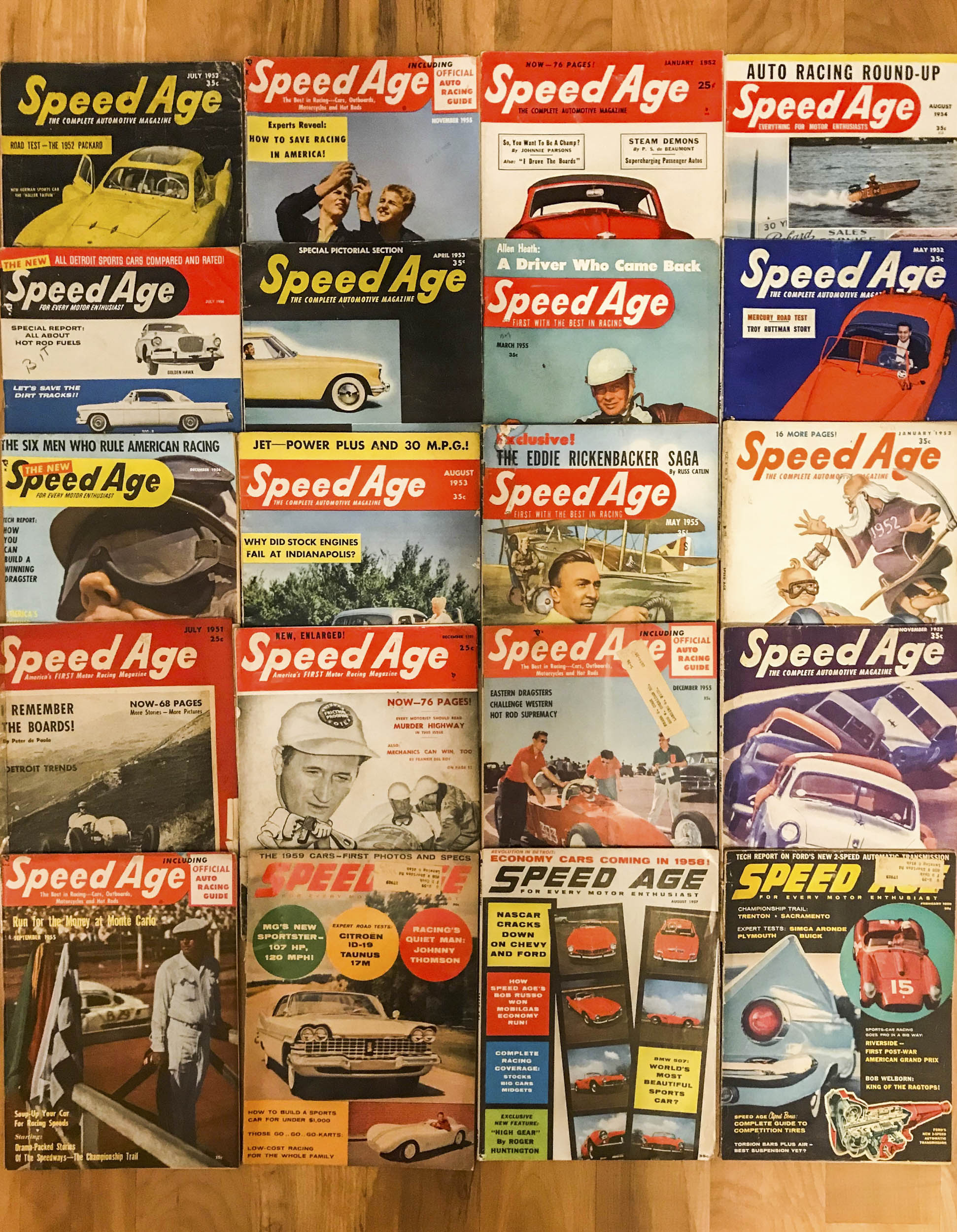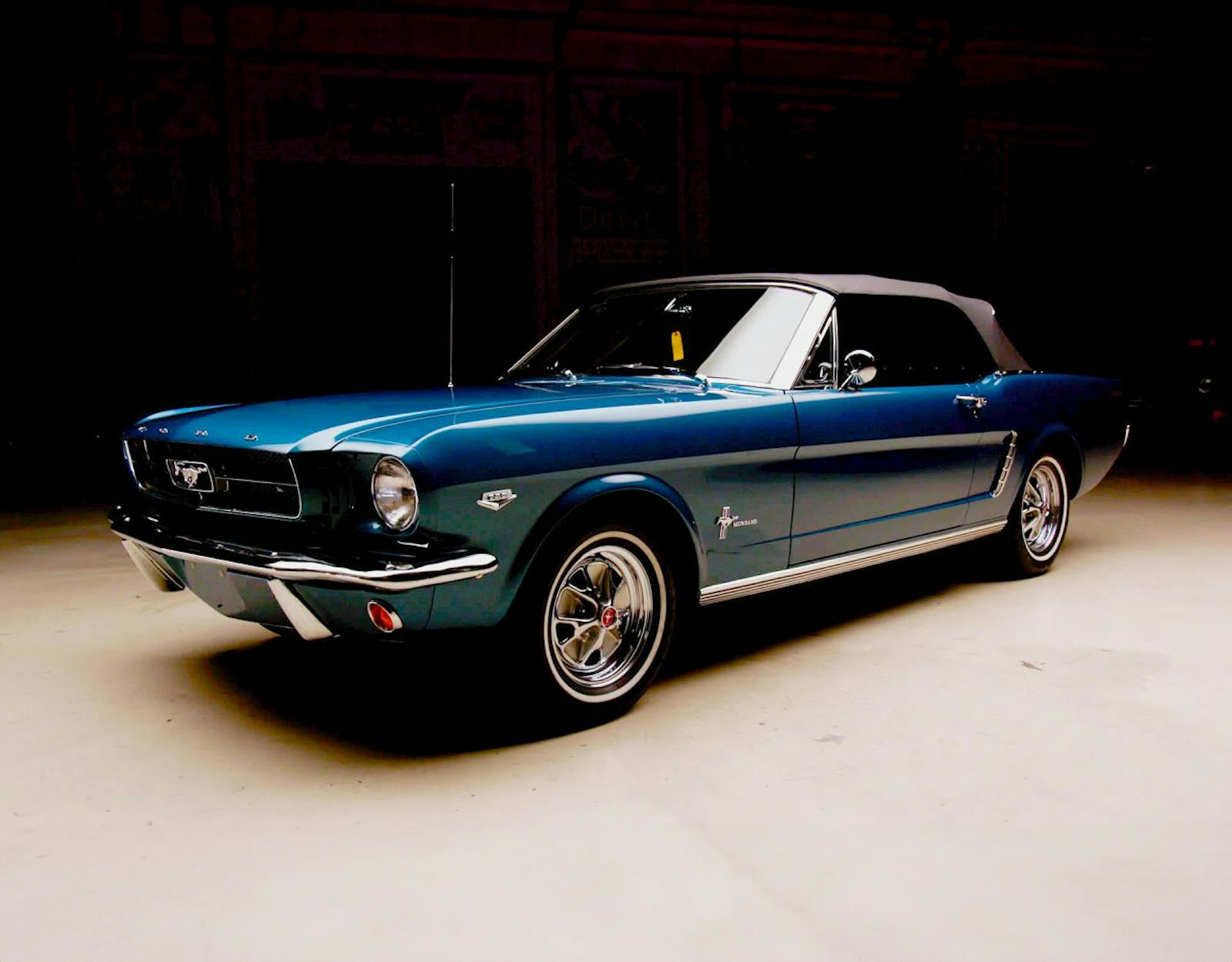8 vintage automotive ads you won’t find in today’s magazines
Not much comes from owning a pile of old auto magazines. Half as collectible and twice as heavy as comic books, these vintage rags don’t serve much purpose beyond a few reads through. Perhaps they’re worth something to a friend. Maybe a diagram can be useful as reference, or maybe they just collect dust in the back of the attic.
Before you pawn the entire lot to some sap with an affinity for vintage photos and old-timey prose, open those pages again. They’re chock-full of wonderfully zany advertisements peddling odd contraptions, outdated speed equipment, antiquated apparel, and the occasional male enhancement formula. Most of the ads are high on guarantees, low on explanations. If anyone can tell me how a Mile-O-Meter works, you’ve done a better job than actor Alan Ladd and crew.
Anyway, I’ve spared you the dust and compiled an array of vintage automotive tech ads from mid-century automotive publications.
The McCray “Protecto-Rod” (1955)

Electrolysis is a chemical reaction produced by current that can gradually destroy metal components and ruin the alloys in the cooling system of your car. Anodes are used to absorb the destructive process, gathering the stray positive and negative charges like a magnet. It’s all high chemistry. What you need to know: zinc anodes are still used in some radiators today (largely in marine applications), and they’re about half the size. They’re not as well named either.
Jet Lock Defroster (1952)

I can’t remember the last time I used a key to open the door of a new car. I use my remote. Still, I love the idea of having this rocket-shaped steam-shooter on my key ring. One dollar was a lot of money back when this ad ran in 1952, but considering the amount of exposed metal locks and caps on a ’52 Chevy, this seems like a must-have.
Newhouse Fuel Pressure Regulator Stop (1952)

In the ’50s, when most production cars were carbureted, the fuel line ran to the fuel pump, through a filter, and into the carburetor. Though some stock pumps had bypasses for excessive temporary pressure, engine tuners of the day developed regulators to completely compensate for the surges and drops in fuel pressure. The regulator is spliced into the fuel line after the pump and maintains fuel pressure to carburetor. Long before fuel pressure regulators became must-haves in modern cars, they were being sold to the carbureted masses as afterthoughts in the back of magazines.
Harman & Collins Impact Kit (1952)

On January 1, 1968, a federal law passed requiring all new production vehicles to have seat belts. Prior to that it was at the discretion of the manufacturer. Don’t fret. If you plucked a car from the dealership without seat belts, you could always purchase the Impact Kit. Considering that the fine print reads “complete with two genuine aircraft safety belts,” the “kit” may or may not be surplus from WWII planes. In 2010, the CDC conducted a study and found that seat belts reduced the risk of serious injury by 50 percent, dramatically lower than the unverified 97 percent stated in the ad.
The Traction Master (1954)

When this ad was published, most production cars rode on a set of rear leaf springs. “Traction Master” prevented leaf-springs from wrapping by making the front half of the leaf more rigid. The CalTrac-style bar bolts to the middle leaf spring clamp and a point above the front bushing. Eventually, the primitive bolt-on would evolve into the slapper bars (and eventually ladder bars) used in drag racing to get that “rapid rabbit” launch.
Real or Falsies? (1954)

There is an amount of anxiety that comes from owning real whitewall tires. Imagine removing that angst from curbing a tire by simply peeling off a sticker and slapping on a new white ring. That is the selling point of modern-day “falsies.” One problem with this product, however: the “super-strength bonding permanently welds white latex circles to tire wall.” Sounds like you have all the permanence without the legitimacy. Fake whitewalls are still sold by select hot-rod suppliers, and thanks to the great technological leaps made in adhesives since 1954, modern-day “falsies” are less permanent. They can be peeled on or off depending on your mood.
AIRSYN Manometer (1955)

A manometer is used to synchronize carburetors by matching their vacuum pressures. Plug the manometer into the carburetors’ air inlets, turn the set screw adjusters with your driver until the liquid in the u-shaped tubes are resting at the same level—“simple as a safety pin.” Back in the day, mercury was the fluid of choice for manometers, and they came in different models based on whether you were tuning MG TD carbs or a ’32 Ford with Strombergs. Manometers are still sold today, though the majority are now filled with non-toxic fluid and most are marketed towards motorcycle owners—to the point of being modeled with a hook to hang around your handlebars while you tune.
Newhouse “Auto Parker” (1952)

This tool made for men and women will eliminate “guess work, embarrassing mistakes, and scraped fenders” when parking. I’m not sure anyone knows how the dash-mounted implement was supposed to do all that. Then again, think about having to squeeze your chunky mid-century sedan into parallel parking spot downtown. You might be desperate enough to try anything once.


